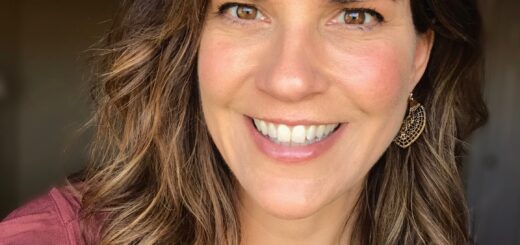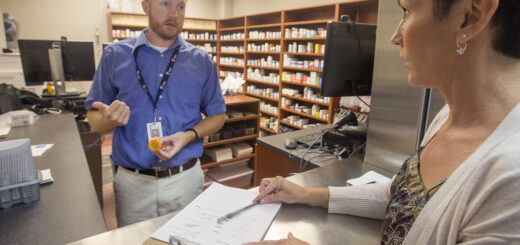Blue Zones survey shows ways we can improve well-being in our valley
[Second of two columns}
When the Blue Zones Project group visited our valley last week, they shared some fascinating insights about the health and well-being of our valley. The information came from the surveys taken by the Gallup organization in Chelan and Douglas counties.

The survey revealed that our valley struggles with many of the same chronic conditions and lifestyle behaviors that impact to varying degrees the rest of the country.
Compared to metropolitan statistical areas in the country, our region ranked high in financial well-being, in the low percentage of people using tobacco and in high blood pressure. But we rank near the bottom in getting appropriate exercise, the perception of whether our lives are thriving and in terms of obesity.
Take that another level further, and the survey revealed that 50 percent don’t exercise enough or eat sufficient fruits and vegetables, 33 percent have worried about money in the last week, two-thirds are obese or overweight, 25 percent are not proud of their community and 70 percent struggle with a sense of hope and purpose in their lives.
So, what does this mean for our health and well-being? Using the Healthways Simulation Model, we conservatively forecast that in ten years, without transformation, the medical and productivity costs in 10 years from now will increase annually by $584 million,” according to their analysis.
I must admit I was stunned by lack of a sense of purpose and meaning in the lives of those who were surveyed. The survey raised a lot of questions, such as how our region can be in the top quintile (20 percent) in financial well-being while at the same having 33 percent of people worrying about money. They didn’t go deep into the details of the numbers.
But based on the work that the Blue Zones Project team has done in places like Klamath Falls, Oregon and other communities, it seems to me that if we want to transform the health and well-being of our community, the locally driven approach that they advocate and support, makes sense.
I am generally suspicious of outside consultants if they are proposing a solution proposed from the outside. What I appreciate about the Blue Zones Project is that the effort would be driven based on broad community input, using employees that are from our region and with priorities that are established locally.
What Blue Zones Project brings to the table is a proven methodology for helping communities transform. Using approaches that have worked elsewhere is a smart way to proceed.
Another aspect of the work that makes sense to me is that it takes a holistic approach to enhancing community well-being. As our medical leadership at Confluence Health, Columbia Valley Community Health and others have been saying for years, health and well-being is not a lack of infirmity or disease. Instead, well-being is a product of lifestyle, good nutrition, exercise and a strong social network, among others. They are called social determinants of health and the evidence for this is clear.
The Blue Zones Project team members complimented us on the work that is already being done here by Confluence, CVCH and by the grass-roots community building efforts of the Our Valley Our Future initiative. We are already doing important work in fostering collaboration, thinking regionally, including as many people as possible in addressing the challenges of the community.
In other communities where Blue Zones projects are happening, they are starting from scratch and we are building great momentum for building on the quality of life that makes our communities great places to live and work. In a month, when we receive the Blue Zones proposal, we’ll see if we can figure out a way to become a partner.



